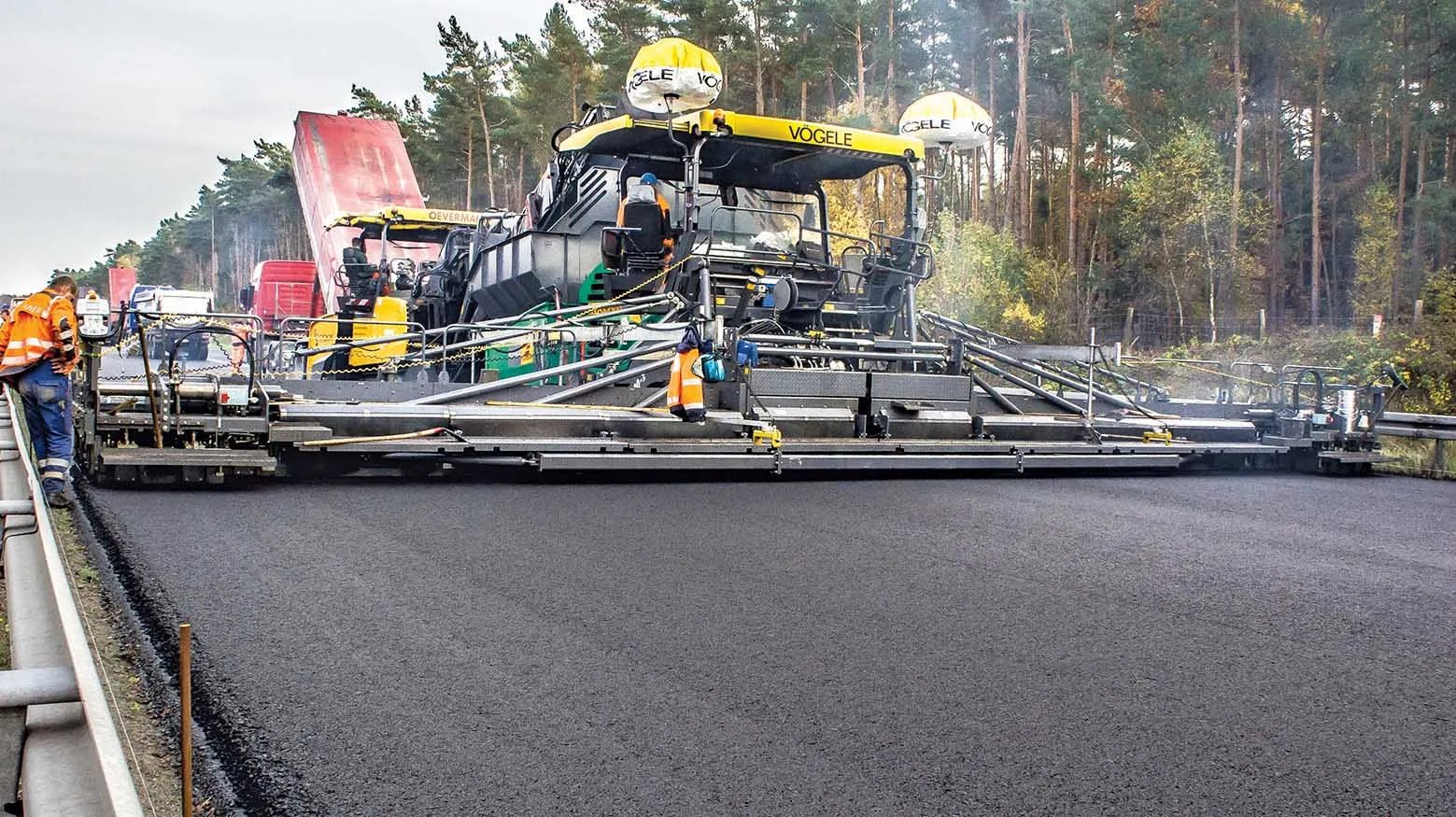A man in the UK has built a replica of a Pagani Zonda supercar, based around components from an old Ford Granada and with the engine from an Audi. Having spent some US$22,500 (£15,000) on the car, he now has to contend with the fact that it is not road legal. How the vehicle would perform on a racetrack has not been revealed, although it seems unlikely to be able to deliver the full 320km/h (200mph) performance of the real thing. From a distance it does indeed resemble the costly car, but on closer inspecti
April 17, 2015
Read time: 1 min
A man in the UK has built a replica of a Pagani Zonda supercar, based around components from an old 3423 Ford Granada and with the engine from an 6336 Audi. Having spent some US$22,500 (£15,000) on the car, he now has to contend with the fact that it is not road legal. How the vehicle would perform on a racetrack has not been revealed, although it seems unlikely to be able to deliver the full 320km/h (200mph) performance of the real thing. From a distance it does indeed resemble the costly car, but on closer inspection its rather more humble origins can be clearly discerned while the quality of finish would not exactly meet Pagani’s requirements.









